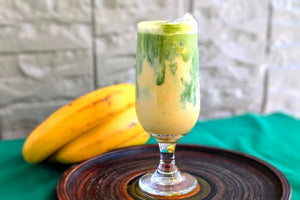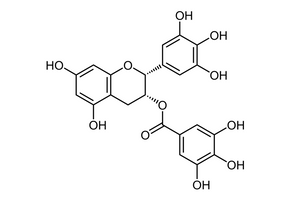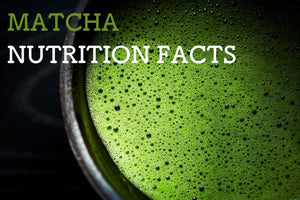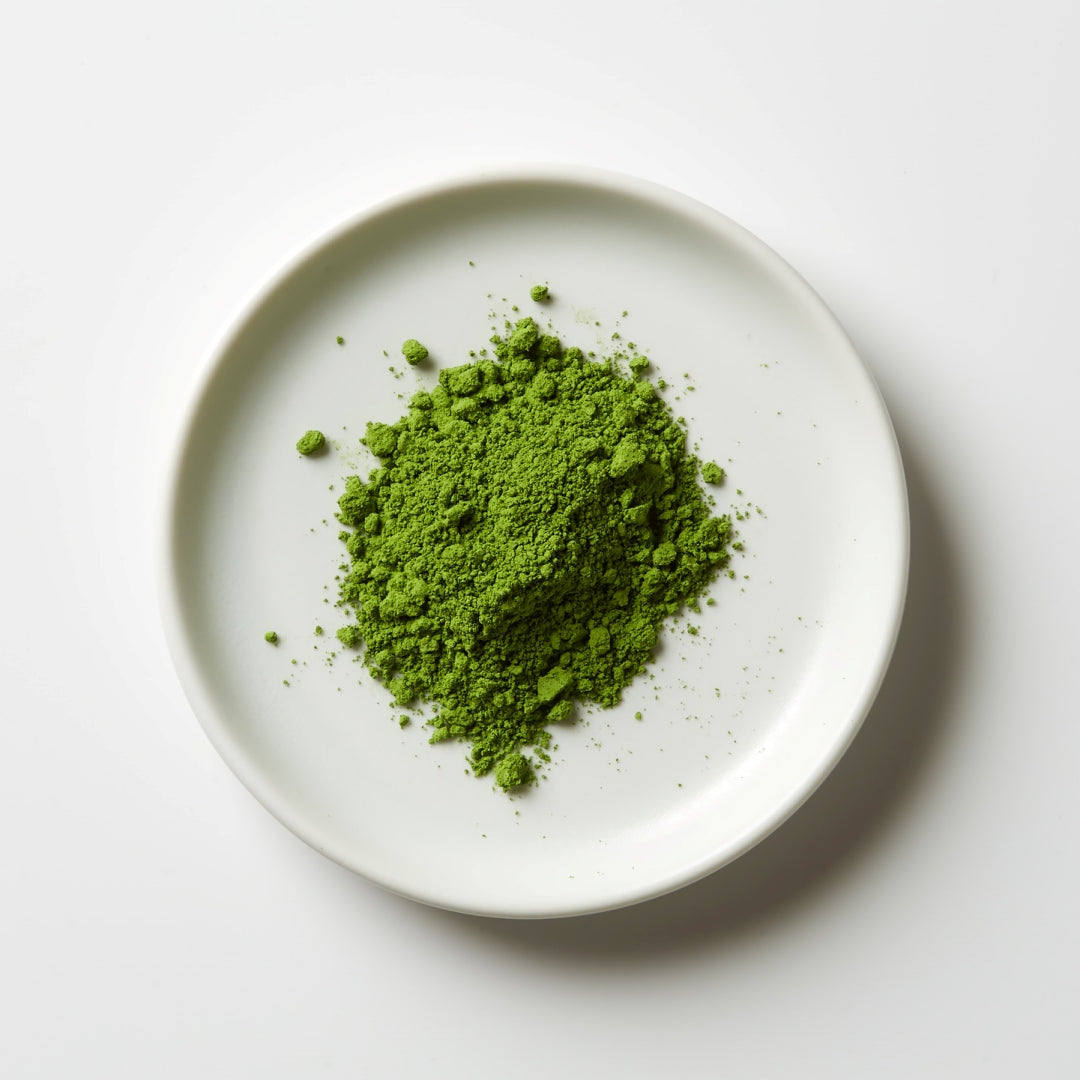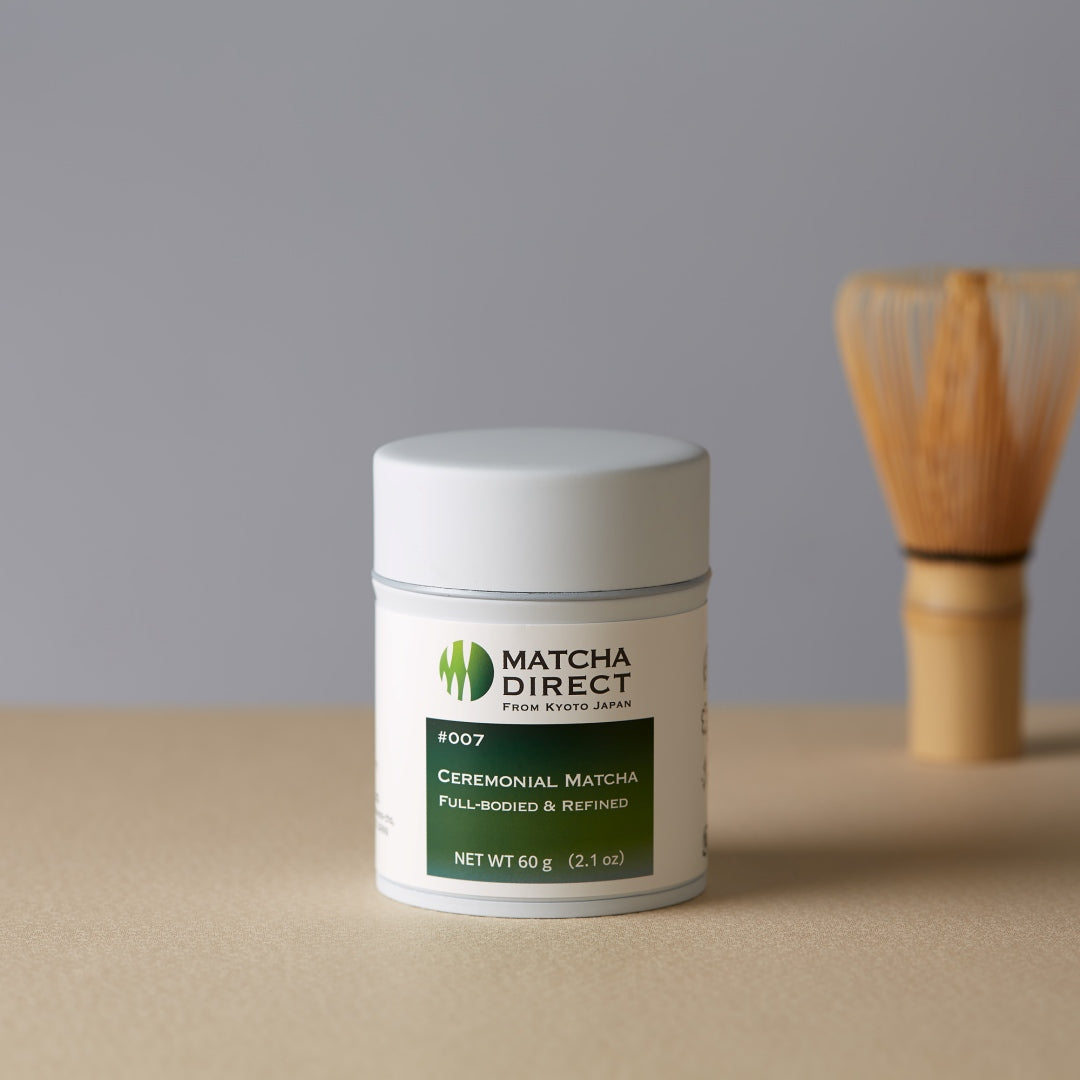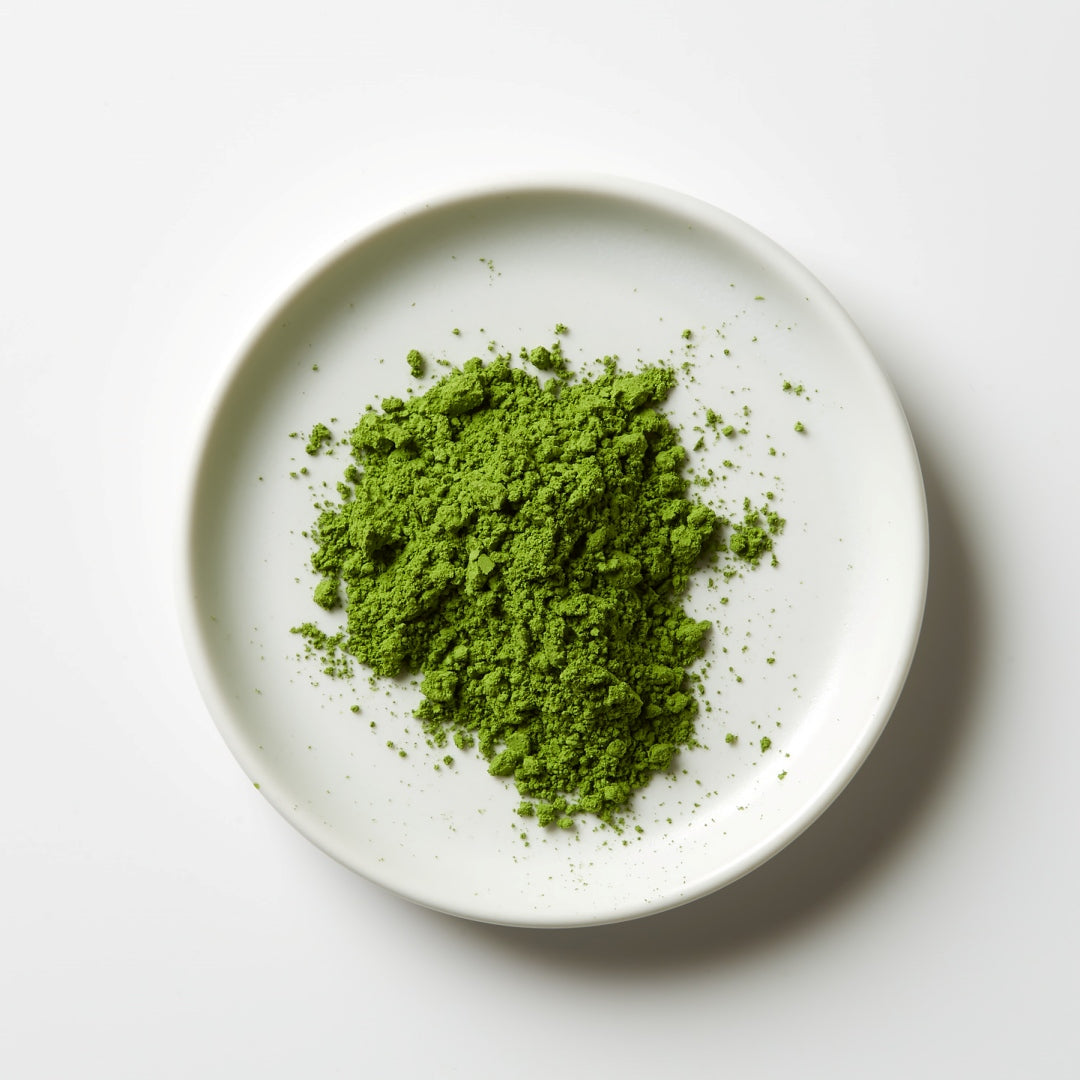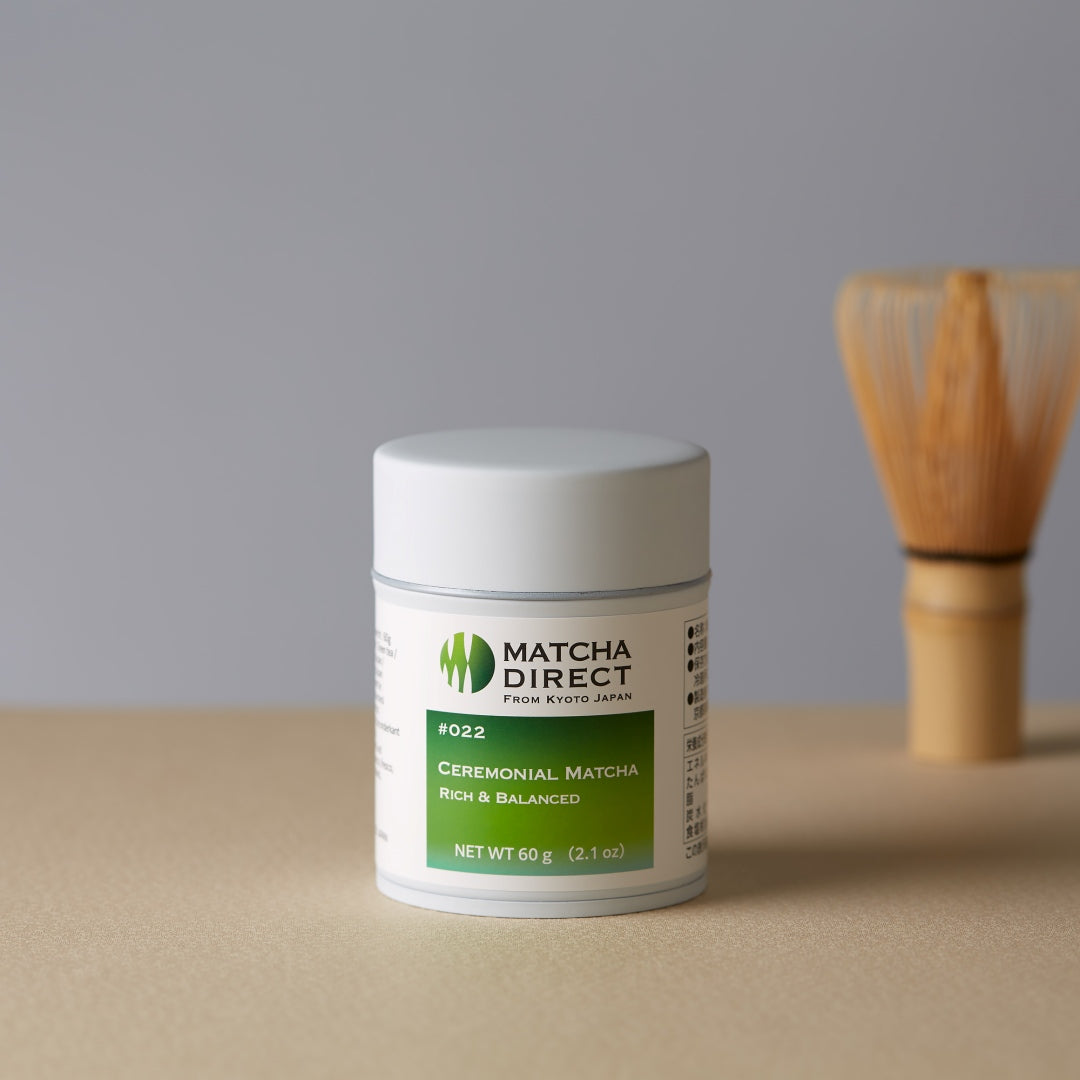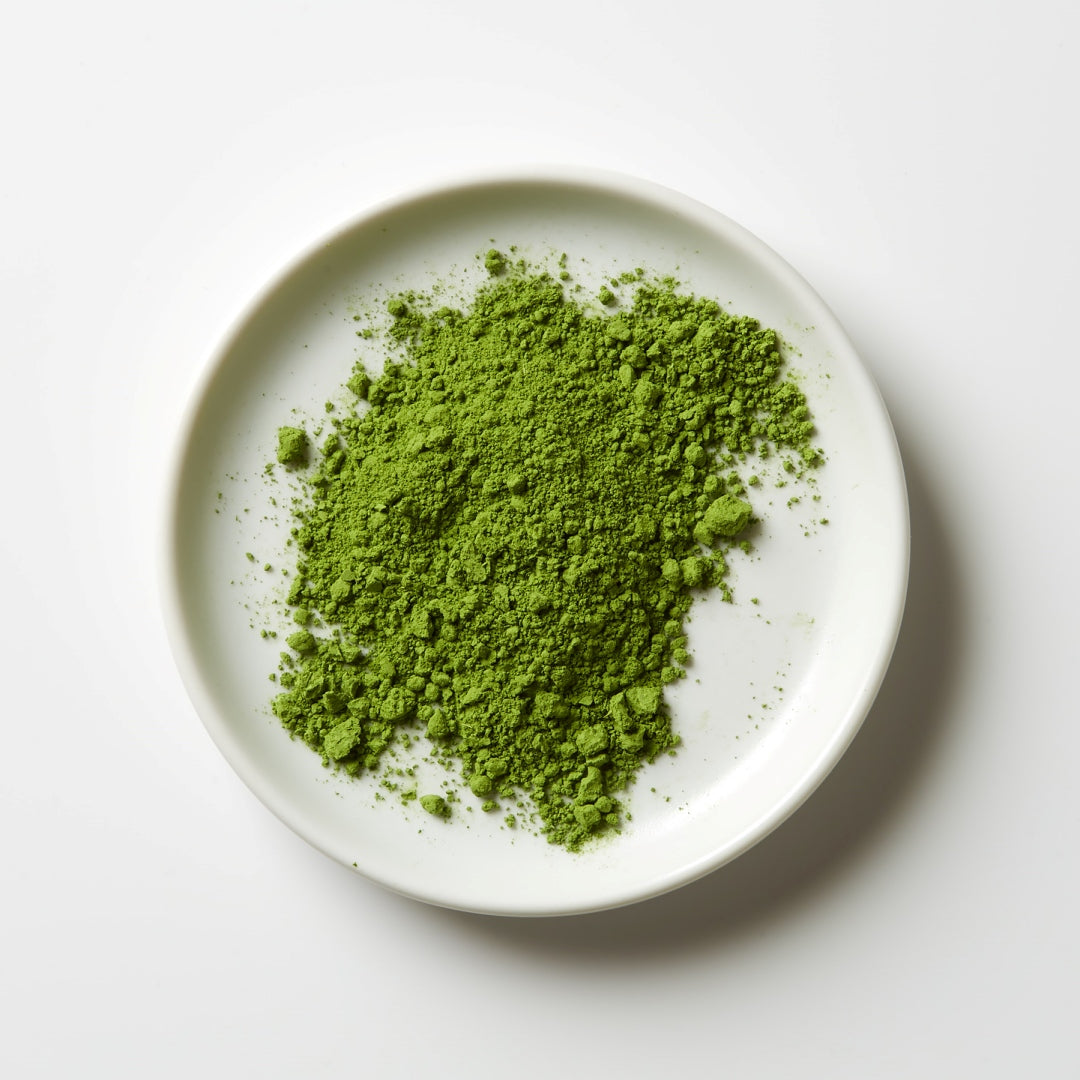How many calories are in matcha?
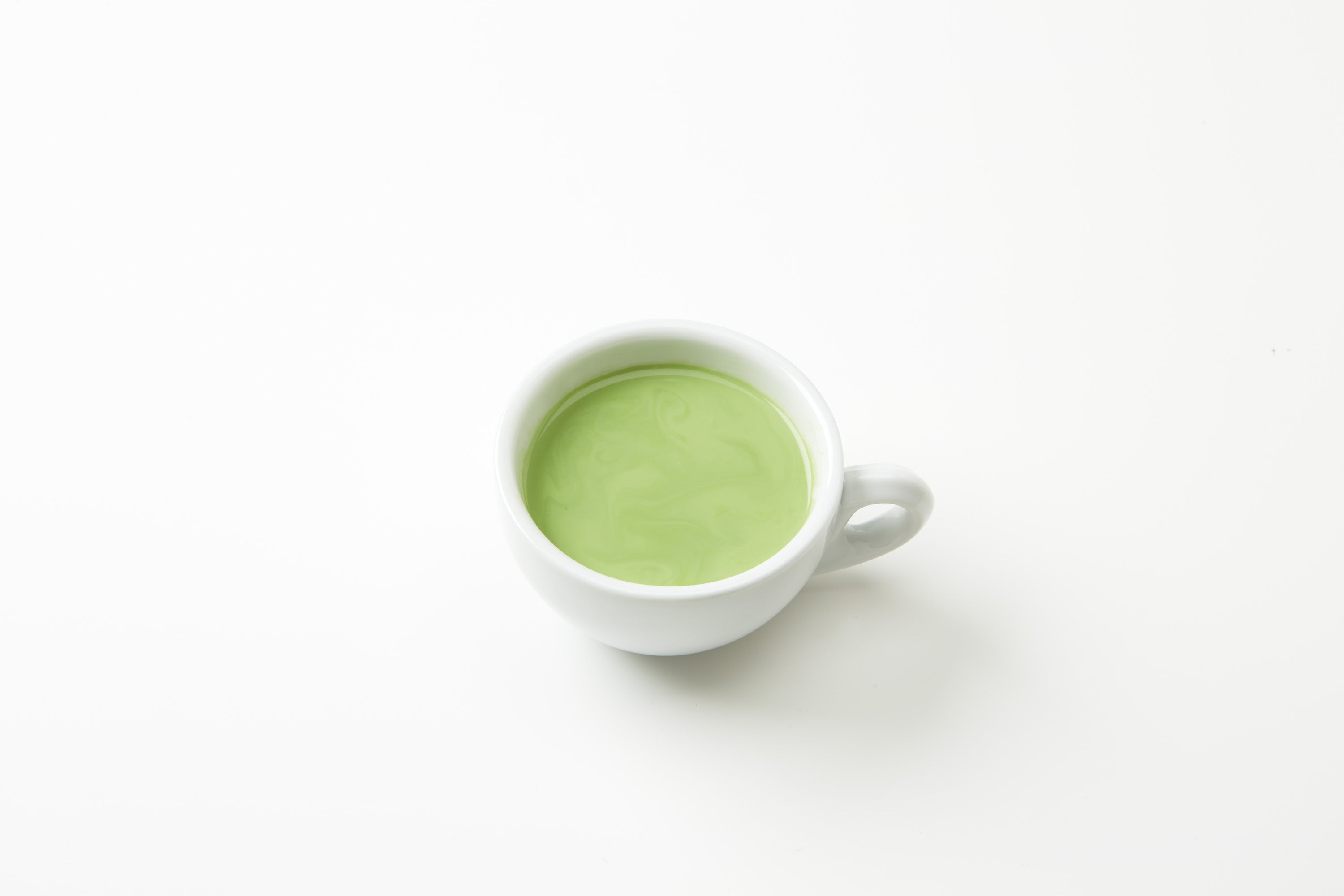
Matcha, a traditional Japanese beverage loved by the Japanese people for centuries and believed to be good for both the mind and body.
Its deep flavor and rich nutrients have recently gained attention worldwide, earning it a place among the superfoods.
You might have a general impression that matcha is healthy, but how many calories does it actually contain?
In recent years, as health consciousness has increased, the health benefits of matcha have become well known. At the same time, there is a growing desire to know just how healthy matcha really is and how many calories it contains.
In response to such needs, we will provide a detailed explanation of the calorie content in matcha.
Please read on for valuable information on enjoying matcha in an even healthier way.
Calories in Matcha
The calorie content of 2g of matcha is approximately 5kcal, which is extremely low.
This amount of 2g is the standard amount used for a typical serving of "usucha" (thin tea), so even if you drink one cup of matcha, it only contains about 5kcal, making it a low-calorie beverage.
Despite being a traditional Japanese drink, matcha also aligns with the health-conscious trends of matcha fans worldwide due to its low calorie content.
However, the benefits of matcha are not limited to its low calorie content.
Matcha contains abundant nutrients such as vitamins, minerals, dietary fiber, and catechins. The appeal of matcha lies in its high nutritional value despite its low calorie content.
Additionally, matcha is not only enjoyed as a beverage but is also used in various dishes and sweets. For example, you can make matcha lattes by adding milk and sugar to matcha, or incorporate matcha into ice cream and pastry dough, showcasing its versatility.
By using matcha in macarons, cakes, and chocolates, you can enjoy new flavors of matcha.
Matcha is also an essential part of wagashi, traditional Japanese confectionery. Items like matcha-flavored monaka, daifuku mochi, and dorayaki are popular not only in Japan but also worldwide.
However, it is important to remember that adding ingredients other than water to matcha will increase the calorie content. For instance, the calorie content of a matcha latte with milk and sugar will be significantly higher than the original calorie content of matcha.
If you are concerned about calories, you need to pay attention to the ingredients added to matcha and their quantities. On the other hand, many wagashi made with matcha tend to be relatively low in calories. If you want to enjoy matcha as a sweet, choosing wagashi might be a good option.
In this way, matcha is a versatile ingredient that is not only low in calories and healthy but can also be widely used in beverages, sweets, and cooking.
Calories in Matcha Latte
Matcha latte is a popular beverage that allows you to enjoy the aroma and flavor of matcha.
However, since matcha latte uses milk and sugar, even though matcha itself is low in calories, the calorie content of matcha latte becomes higher.
So, what is the calorie content of a typical cup of matcha latte?
Calories in a Typical Cup of Matcha Latte
- Matcha (2g): approximately 5kcal
- Milk (200ml): approximately 120kcal
- Sugar (4g): approximately 16kcal
Total calories in one cup of matcha latte: approximately 140kcal
As you can see, despite matcha itself being around 5kcal, one cup of matcha latte ends up being over 140kcal, showing a significant increase in calories.
Even though the calorie content of matcha itself is modest, adding milk and sugar greatly increases the calorie content. Especially, milk, which is high in fat, accounts for the majority of the calories.

How to Reduce Calories in Matcha Latte?
That said, many of you might find it hard to resist the deliciousness and aroma of matcha latte. For those of you, here are some ways to reduce the calories in matcha latte.
- Use low-fat milk or plant-based milk
- Use low-calorie sweeteners instead of sugar
For example, by using almond milk instead of regular milk and adding honey instead of sugar to make a honey matcha latte, you can significantly reduce the calories.
By being creative with the ingredients you use, you can enjoy a low-calorie yet authentic matcha latte.
It can be quite challenging to make food and drinks delicious while also being mindful of the calories, but there is plenty of room for creativity when it comes to matcha latte. By considering the ingredients and incorporating calorie-conscious recipes, it is possible to lower the calorie content without compromising on flavor.
Generally, dining out or buying ready-made drinks tend to be high in calories, but making them at home allows for easier calorie control. Additionally, making it yourself can be more economical.
The honey matcha latte mentioned earlier is just one example, so why not try different combinations of ingredients to find your own low-calorie and delicious matcha latte recipe? You might discover a new way to enjoy matcha latte.
Comparison of Calories with Other Teas
So far, we have explained that while matcha can increase in calories depending on how it is consumed and used, matcha itself is low in calories.
However, when compared to other common types of tea, matcha actually contains slightly higher calories. Let’s compare the calories in matcha with those in other teas to gain a deeper understanding of matcha’s calorie content.
Calories in Matcha
As previously mentioned, the calories in matcha itself are approximately 5kcal for 2g of matcha powder (one serving). However, adding high-calorie ingredients like in a matcha latte will significantly increase the calorie content.
Calories in Green Tea
The calories in typical green tea are extremely low and almost negligible.
When brewed from tea bags or leaves, the calorie content per cup (about 240ml) is around 0-2kcal.
Calories in Oolong Tea
Oolong tea is also a very low-calorie beverage. It contains about 1kcal per cup (about 240ml), making it one of the lowest-calorie teas, next to green tea.
Calories in Black Tea
Black tea also falls into the low-calorie category with about 2kcal per cup (about 240ml).
However, many people add sugar or turn it into milk tea, which, similar to matcha latte, increases the calorie content.
As shown, matcha, green tea, oolong tea, and black tea all have very low inherent calorie content.
However, this comparison reveals that matcha has slightly higher calories compared to other teas. This is because matcha is consumed as a whole leaf powder, incorporating the fats and dietary fibers contained in the leaves into the body.
On the other hand, matcha also allows for the consumption of the abundant nutrients contained in the tea leaves. Despite its low calorie content, it offers the advantage of efficiently obtaining nutrients, which can enhance health – a significant benefit that sets matcha apart from other teas.
Enjoy Low-Calorie Matcha with "MATCHA DIRECT"
With the growing health consciousness in recent years, foods that are low in calories yet high in nutritional value have been attracting attention. Japanese matcha is once again in the spotlight worldwide as one of these foods.
"Matcha Direct," operated by a Tea company with over 160 years of history in Uji, Kyoto, one of Japan’s premier matcha production regions, delivers luxurious matcha made from whole green tea leaves, meticulously ground with a stone mill to order.
Enjoy the fresh, authentic matcha that inherits the traditional techniques of Kyoto.
Why not develop a habit of drinking matcha and enjoy a healthy daily life?








